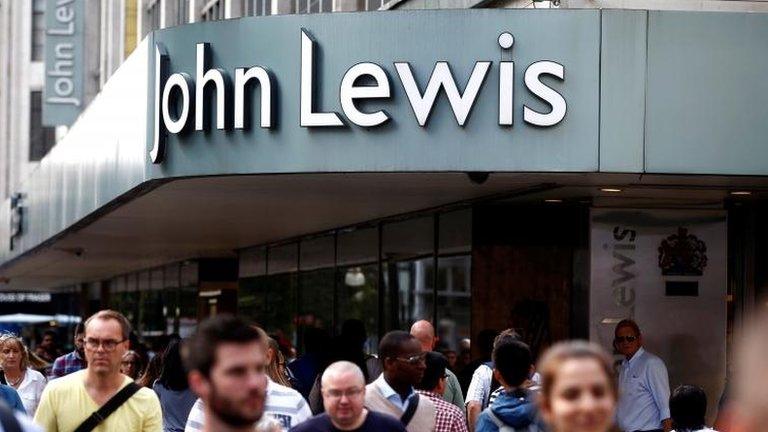John Lewis staff bonus cut again as profits fall
- Published
- comments
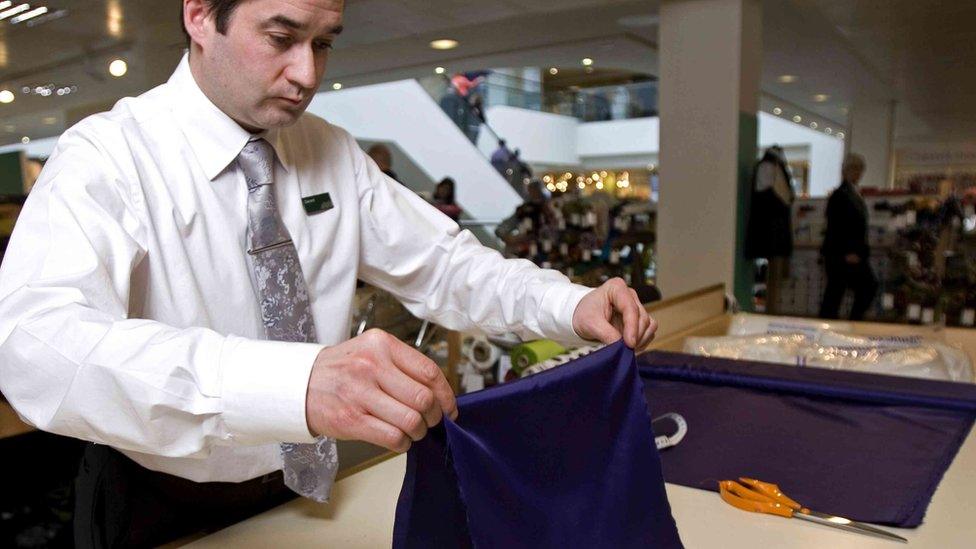
Bonuses for 84,000 staff at John Lewis and Waitrose have been cut for the fifth year in a row.
Employees will get a 5% bonus, down from 6% last year and the lowest since the 4% paid out in 1954.
Annual group profit, before the partnership bonus, tax and exceptional items, fell 21.9% to £289.2m.
John Lewis Partnership chairman Sir Charlie Mayfield said 2017 had been a "challenging year", as expected, with "subdued" consumer demand.
He said weakness in sterling had led to higher costs, putting pressure on the business's profit margin.
The partnership said it had been hit by exceptional costs of £111.3m, including £72.8m on restructuring and redundancy costs, principally in relation to brand, distribution and retail operations.
"This was why we chose to reduce the proportion of profits paid as partnership bonus last year so as to absorb these impacts while continuing to invest in the future and in strengthening our balance sheet," Sir Charlie said.
He said the firm remained committed to increasing pay rates for non-management staff, and that the average hourly rate of pay for a non-management workers was £8.91.
'Volatile' year ahead
Like-for-like sales - which strip out the impact of store openings - at the John Lewis department stores were up 0.4%. At Waitrose, sales returned to growth, with like-for-like sales rising 0.9%.
Gross sales for the full-year period were up 2% at £11.6bn.
"We expect trading to be volatile in 2018-19, with continuing economic uncertainty and no let up in competitive intensity. We therefore anticipate further pressure on profits," the company said.
Redundancy payments cost it £72.8m in 2017. The partnership said 1,440 members of staff had left the business through redundancy in the past year.

Analysis: Emma Simpson, BBC business correspondent
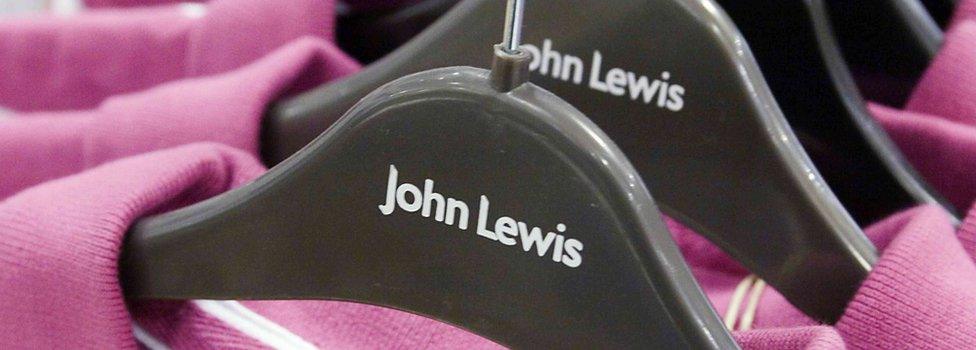
John Lewis is owned by its staff and they cherish their annual bonus. It's down for the fifth year in a row but given the challenging conditions on the High Street right now, some partners may be feeling grateful for any extra payout.
John Lewis continues to be one of the stronger players. Today's figures show even this household name isn't immune from the forces buffeting the industry.
It warned back in January 2017 that it would reduce the bonus in order to prepare for tougher trading conditions ahead. That looks to have been a prudent move. But the relentless pressure on profits shows no sign of easing this year, either.

'Tricky conditions'
The company said that its John Lewis stores had increased market share in fashion, homewares, electrical goods and home technology, with sales in the latter category up by 2.6%.
Fashion sales climbed 3.2%, boosted by a strong performance in womenswear, up 5.0%. Sales of its own-brand womenswear rose 14.9%.
But homeware sales were down 0.8%, with soft demand in categories such as fitted furniture, fitted flooring and upholstery.
"These results show that conditions of the High Street are very tricky at the moment," said Richard Lim, chief executive of analysts Retail Economics.
"Consumer spending generally is a lot softer, while inflation is still near a five-year high."
He said research by his firm showed that consumers were also worried about Brexit and their own low levels of personal savings. "People's personal finances are under pressure."
Mr Lim said that in the year ahead John Lewis would be looking very closely at its costs and at ways of potentially bringing these down.
"That could mean looking at using their existing spaces more efficiently and innovatively."

How does the John Lewis Partnership work?
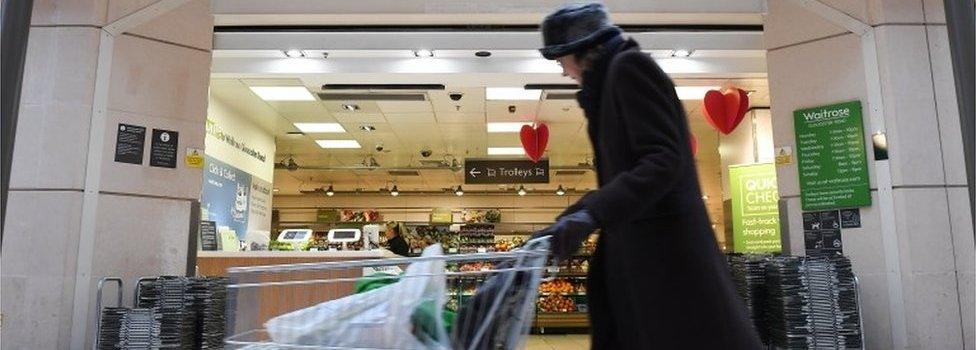
The John Lewis group owns Waitrose supermarkets as well as department stores
John Lewis has been a partnership since it started 150 years ago
Waitrose joined in 1937
Consists of an elected council, a board and a chairman
First bonus paid in 1919
First cash bonus in 1970
No bonus paid in First World War, Second World War and early 1950s
Company says its business structure allows it to have a longer term outlook as it doesn't have to answer to City shareholders

- Published11 January 2018
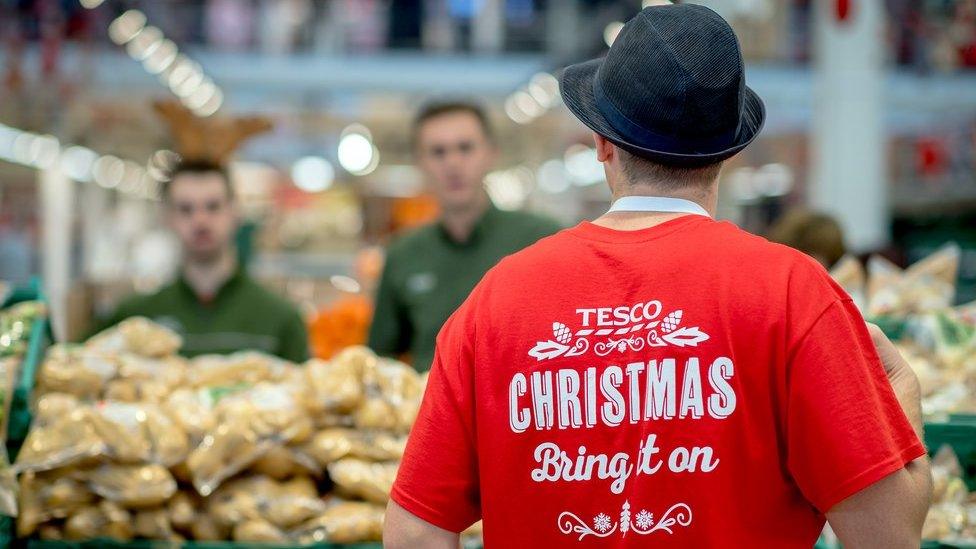
- Published30 November 2017

- Published14 September 2017
